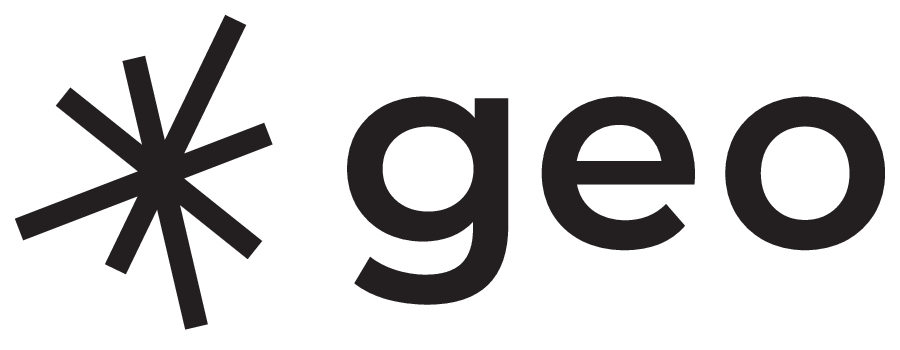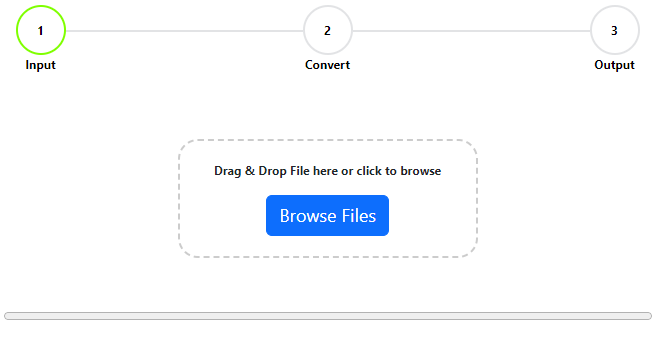Episode #43 – This is an interview with one of the founders of Safe Software, Dale Lutz (an all-around nice guy and a thought leader in the geospatial world). Dale walks you thought the evolution of the problems that Safe is solving, and gives you insight into the fallacy of the one “file to rule them all” theory and talks about trends in the geospatial file formats and data exchange in general.
We also discuss the future of Geospatial as an industry and from a practitioner’s perspective.
Quotes from the interview
“.pdf is where data goes to die”
“after the nuclear holocaust, there will be only cockroaches and shapefiles”
You are more than welcome to reach out to me on social media, I would love to hear from you!





